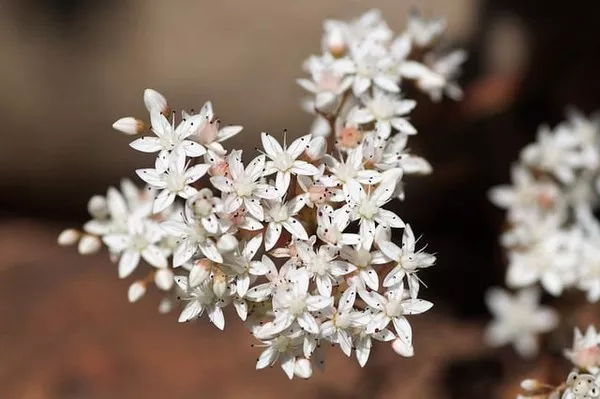Succulents, with their unique and captivating appearance, have become increasingly popular among plant enthusiasts and home gardeners. These hardy and low-maintenance plants are known for their ability to store water in their thick leaves and stems, making them well-suited for arid environments. However, despite their reputation for being drought-tolerant, knowing how often to water succulents is essential for their health and longevity.
In this comprehensive guide, we will delve into the world of succulent care, exploring the factors that influence their watering needs and providing expert advice on how often to water your succulents to keep them thriving.
Understanding Succulent Anatomy
Before we discuss watering frequency, it’s crucial to understand the unique anatomy of succulents. Succulents have evolved various adaptations to survive in arid conditions, which include specialized water storage tissues, such as the thick, fleshy leaves and stems that characterize these plants.
These adaptations allow succulents to retain moisture, making them drought-resistant. However, overwatering can disrupt this delicate balance, leading to root rot and other issues. Therefore, determining the right watering schedule is vital.
Factors Influencing Watering Frequency
Several factors influence how often you should water your succulents. By considering these factors, you can tailor your care routine to meet the specific needs of your plants.
Succulent Species: Different succulent species have varying water requirements. Some, like Echeverias and Haworthias, prefer more frequent watering, while others, like Agaves and Cacti, thrive with less water.
Climate and Location: Climate plays a significant role in determining watering frequency. Succulents in hot, dry climates may need more frequent watering than those in cooler, more humid environments.
Season: Succulents typically go through growth and dormancy periods. During the growing season (usually spring and summer), they may require more water. In contrast, they need less water during dormancy (fall and winter).
Container and Soil: The type of pot and soil used also affect watering needs. Well-draining soil and pots with drainage holes help prevent waterlogged roots, reducing the risk of overwatering.
Size of Container: Smaller pots dry out more quickly than larger ones, affecting watering frequency.
Humidity: High humidity levels can slow down evaporation and reduce the need for watering, while low humidity may necessitate more frequent watering.
Sunlight: Succulents that receive more intense sunlight may need more water than those in shaded areas.
Determining When to Water
Now that you understand the factors that influence succulent watering needs, let’s discuss how to determine when it’s time to water your succulents. Here are some tips to help you assess their moisture requirements:
Soil Dryness: The most reliable indicator is the dryness of the soil. Stick your finger into the soil up to your first knuckle. If it feels completely dry, it’s time to water. If it still feels slightly moist, wait a few more days before checking again.
Weight of the Pot: Lift the pot. If it feels light, it’s a sign that the soil is dry and the plant needs water. If the pot still feels heavy, the soil is likely moist, and you can delay watering.
Leaves Appearance: Some succulents show visible signs of dehydration when they need water. Wrinkled or shriveled leaves are indicators that it’s time to water.
Seasonal Changes: Adjust your watering schedule based on the season. Increase frequency during the growing season and reduce it during dormancy.
Check for Drainage: Ensure that your pots have drainage holes and that excess water can escape. Succulents don’t like sitting in waterlogged soil.
Watering Techniques
When it’s time to water your succulents, use the following techniques to ensure they receive the right amount of moisture:
Deep Watering: Water your succulents thoroughly until water starts to drain from the bottom of the pot. This ensures that the entire root system receives moisture.
Allow Drainage: Always use pots with drainage holes, allowing excess water to escape. Never let your succulents sit in a saucer filled with water.
Avoid Wetting Leaves: Direct water at the base of the plant to prevent moisture from accumulating on the leaves, which can lead to rot.
Use a Spray Bottle: For small succulents or those in arrangements, a spray bottle can be an effective way to provide moisture without overwatering.
Conclusion
Mastering the art of watering succulents is crucial for their health and longevity. By understanding the factors that influence their watering needs and using the right techniques to assess soil moisture, you can ensure that your succulents thrive in their unique environments.


